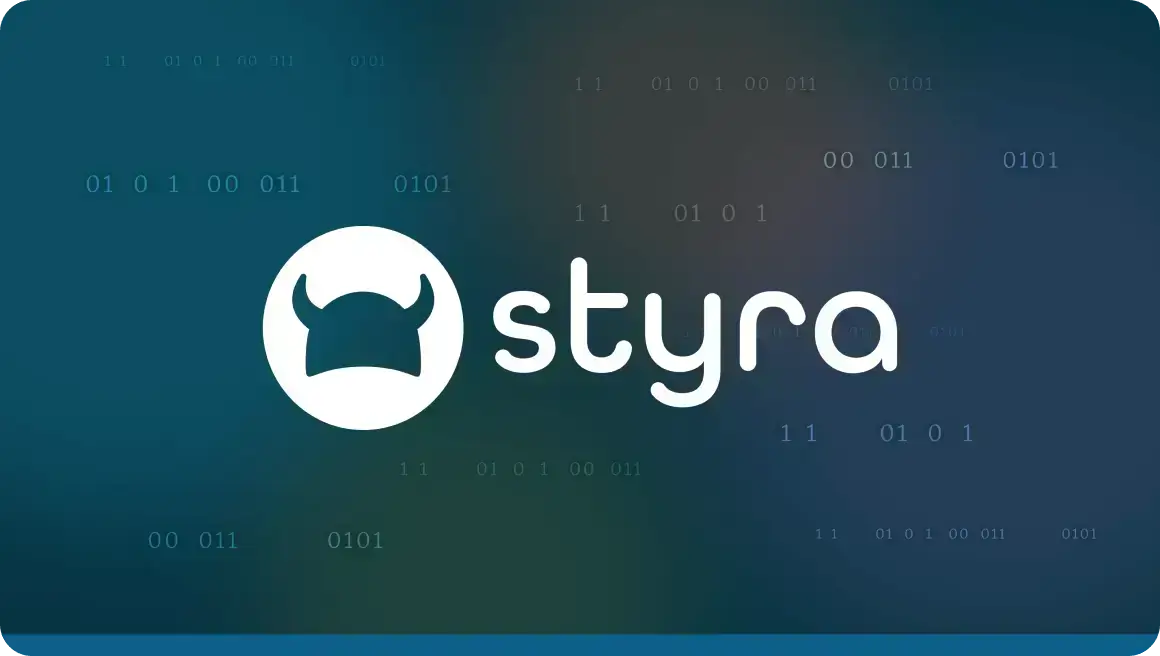OPA vs Enterprise OPA Platform

Eric Kao
Open Policy Agent, also known as OPA, is a general-purpose policy engine and an industry-standard building block for modern authorization. OPA was created by Styra in 2016 and donated to the Cloud Native Computing Foundation (CNCF) for administration and oversight in 2018. Styra continues to be the primary maintainers of OPA along with Microsoft and Google.
The Enterprise OPA Platform is an authorization platform that builds on the capabilities of Open Policy Agent. In response to the demand for operational scale, compliance, and full lifecycle policy management, Styra created the Enterprise OPA Platform to extend the capabilities of Open Policy Agent and combine it with an operational platform.
Key Differences
- Control Plane: Each Open Policy Agent instance can be managed using its API, but it provides no control plane for managing groups of instances. The Enterprise OPA Platform provides both the policy engine instances and the control plane that manage them at scale.
- Data Fabric: While lacking a data fabric, Open Policy Agent can retain cached data for making authorization decisions. The Enterprise OPA Platform’s data fabric provides out-of-the-box integrations with LDAP, Okta, S3, Git, Kafka and other data sources to feed and refresh its scale-optimized data cache. The Enterprise OPA Platform also provides integrations to query databases (SQL, NoSQL, graph) and HashiCorp’s Vault secret store.
- Compliance and Audit Support: Open Policy Agent generates structured logs of authorization decisions and policy activations. The Enterprise OPA Platform adds log sink integration such as Splunk and Kafka, policy SBOM for tracing authorization decisions to their policy sources, and management platform SSO, access control, and activity logging.
- Low-code: Open Policy Agent allows software developers to define authorization policy using the (high-code) Rego policy language. The Enterprise OPA Platform provides policy authoring interfaces for both developers and non-developers. It includes a low-code policy builder that enables business analysts and other non-developers to create and deploy authorization logic for applications.
OPA vs the Enterprise OPA Platform Feature Comparison
| Enterprise OPA Platform | Open Policy Agent | |
|---|---|---|
Policy Engine |
||
| Fast Authorization Decisions | ✅ | ✅ |
| High-scale memory optimization | ✅ Handles 10X more data in memory | |
| High-scale throughput optimization | ✅ | |
| Deployment & Enforcement | ||
| API gateway enforcement | ✅ | ✅ |
| Service mesh & proxy enforcement | ✅ | ✅ |
| Deploy as sidecar | ✅ | ✅ |
| Deploy as central service | ✅ | ✅ |
| Direct code integration | ✅ | ✅ |
| Custom HTTP integration | ✅ | ✅ |
| Custom gRPC integration | ✅ | |
| Batched query API | ✅ | |
Operational Scale |
||
| Per-engine management API | ✅ | ✅ |
| Central OPA management | ✅ | |
| OPA health monitoring | ✅ | |
| Git-backed policy control plane | ✅ | |
| Hierarchical policy management | ✅ | |
| Policy sharing library | ✅ | |
| Policy approval workflow | ✅ | |
| Manage the platform as Terraform resources | ✅ | |
Data Fabric |
||
| Authorization-time data access | ||
| HTTP | ✅ | ✅ |
| SQL | ✅ | |
| MongoDB | ✅ | |
| DynamoDB | ✅ | |
| Redis | ✅ | |
| Neo4j | ✅ | |
| Low-latency cached data | ||
| LDAP integration | ✅ | |
| Okta integration | ✅ | |
| Amazon S3 integration | ✅ | |
| Git integration | ✅ | |
| Google Cloud Storage integration | ✅ | |
| Kafka integration | ✅ | |
| HashCorp Vault (secrets) integration | ✅ | |
Policy Lifecycle |
||
| Policy Testing | ||
| Unit testing | ✅ | ✅ |
| Historical impact analysis | ✅ | |
| Live impact analysis | ✅ | |
| Policy Authoring | ||
| Editor extensions | ✅ | ✅ |
| CLI REPL | ✅ | ✅ |
| Low-code authoring | ✅ | |
| Web IDE | ✅ | |
Compliance & Audit Support |
||
| Structured decision logging | ✅ | ✅ |
| Policy version logging | ✅ | ✅ |
| Policy SBOM | ✅ | |
| Log Sinks | ||
| Console (stdout) Log Sink | ✅ | ✅ |
| HTTP Log Sink | ✅ | ✅ |
| Splunk Log Sink | ✅ | |
| Kafka Log Sink | ✅ | |
| Amazon S3 Log Sink | ✅ | |
| Azure Blob Storage Log Sink | ✅ | |
| Google Cloud Storage Log Sink | ✅ | |
Training & Support |
||
| Community Support | ✅ | ✅ |
| Free Online Learning | ✅ | ✅ |
| Enterprise Support | ✅ |


